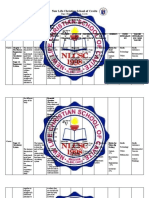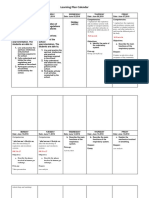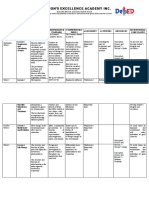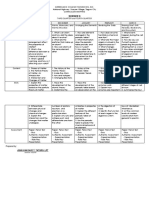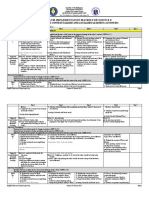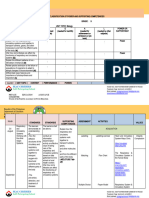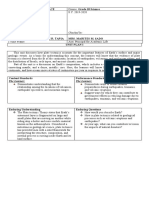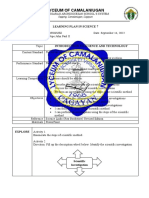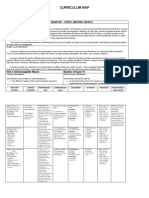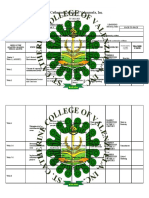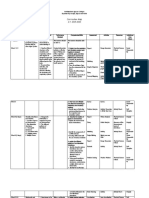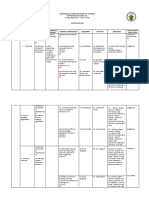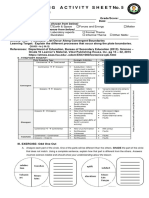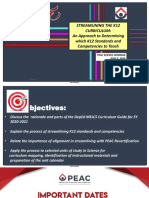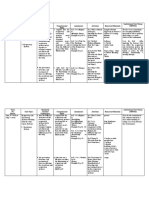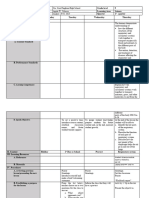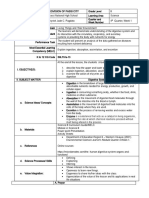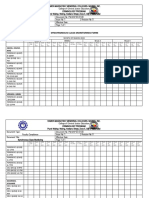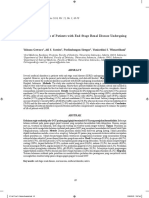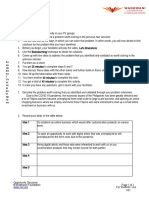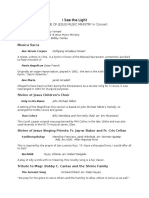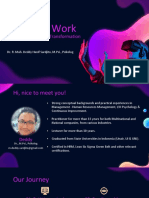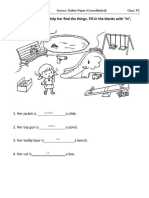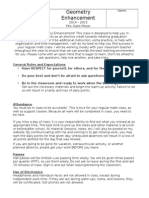0% found this document useful (0 votes)
165 views7 pagesScience 9 CM
The document is a curriculum map for a 9th grade science class on Living Things and Their Environment. The first quarter covers the respiratory and circulatory systems in the first two weeks, including how the structures work together to transport oxygen and nutrients through the body. It then covers heredity and genetics for the remaining two weeks, including how traits are passed from parents to offspring and modern technologies used in genetics. Assessment methods include quizzes, essays and activities evaluating students' understanding of the systems and skills like explaining interactions and inferring impacts of lifestyle.
Uploaded by
Ivy Mae ArnaizCopyright
© © All Rights Reserved
We take content rights seriously. If you suspect this is your content, claim it here.
Available Formats
Download as DOCX, PDF, TXT or read online on Scribd
0% found this document useful (0 votes)
165 views7 pagesScience 9 CM
The document is a curriculum map for a 9th grade science class on Living Things and Their Environment. The first quarter covers the respiratory and circulatory systems in the first two weeks, including how the structures work together to transport oxygen and nutrients through the body. It then covers heredity and genetics for the remaining two weeks, including how traits are passed from parents to offspring and modern technologies used in genetics. Assessment methods include quizzes, essays and activities evaluating students' understanding of the systems and skills like explaining interactions and inferring impacts of lifestyle.
Uploaded by
Ivy Mae ArnaizCopyright
© © All Rights Reserved
We take content rights seriously. If you suspect this is your content, claim it here.
Available Formats
Download as DOCX, PDF, TXT or read online on Scribd
/ 7


